In today's article, we will discuss the phenomenon of accelerated aging and how to know in advance if your material will deteriorate after several months or more. Specifically, we will tell you how this aging occurs in certain products or How it happened in the material, what caused it, and most importantly, how to fix such problems. Therefore, Sonacme Technology has developed accelerated aging test chambers, including xenon lamp test chambers, UV ultraviolet light aging test chambers, temperature humidity test chambers, thermal shock test chambers and salt spray test chambers.
What types of aging do materials or products experience?
Discoloration
As we would expect, material discoloration is one of the most common and important accelerated aging, as it produces color loss that can have a very negative impact on product quality. An example of this aging is the loss of color from plastic materials, the discoloration of paintings on exterior walls, or the yellowing of the silicone covers of our mobile phones.
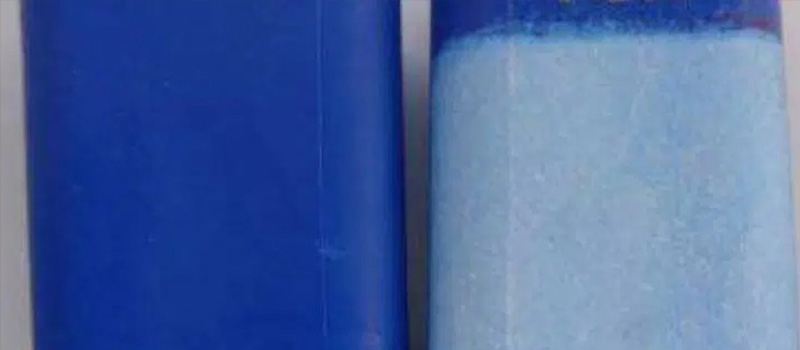
Loss of mechanical properties
Unlike the previous one, the loss of mechanical properties is an aging that cannot be observed with the naked eye. However, this can become a significant issue because if a loss of mechanical properties of the product occurs without detection, the consequences can be much worse than discoloration, which is only aesthetically pleasing, but can have consequences that affect the product safety, thereby affecting the safety of personnel. Some of the most typical cases of this accelerated aging are the development of microcracks in the metal, which are the result of fatigue, increased plasticity, decreased tensile strength of plastics, or decreased surface hardness.
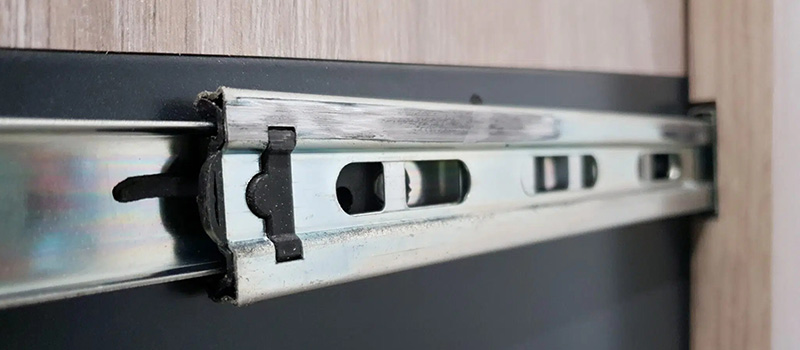
Rust or corrosion
The material's low resistance to humidity or direct contact with water can lead to serious problems with accelerated aging due to oxidation or corrosion. Corrosion can be detected with the naked eye and presents a significant safety risk to the facility. The most typical examples of accelerated aging due to corrosion occur in metal parts that are present in an atmosphere of high water vapor or where the metal must be submerged in salt water. In this case, we face not only aesthetic failures, but also product safety issues.
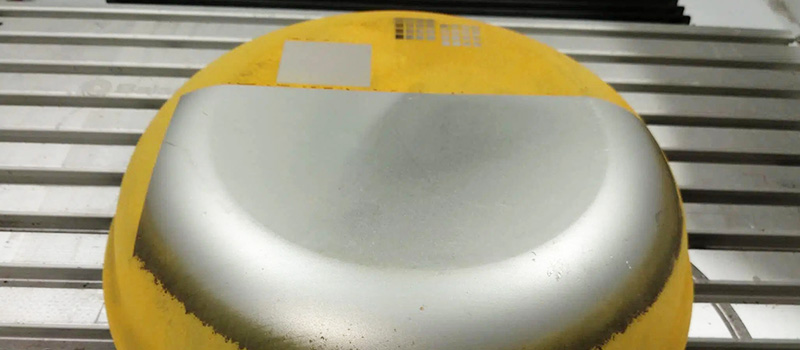
Adhesion problems
Paint or coating adhesion problems are very common in some products. In this case, we will focus on how the accelerated aging of the adhesion between the paint or coating and the material occurs. This accelerated aging occurs if the adhesion is not strong enough to resist the conditions in which the product is exposed. A prime example of accelerated bond ageing is the appearance of aesthetic defects in paint or the loss of protection and functionality of the coating on the material.
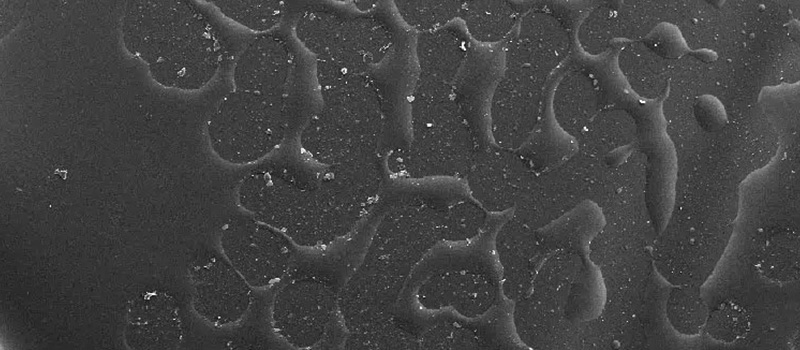
Tarnished
Like discoloration, tarnishing is a common failure of some metals or plastics. This accelerated aging is well understood and is usually caused by changes in surface roughness. As an aesthetic element, tarnishing can greatly affect the quality of a product. A clear example of this accelerated aging is metal scratches in the aesthetics of appliances, cell phones or jewelry.
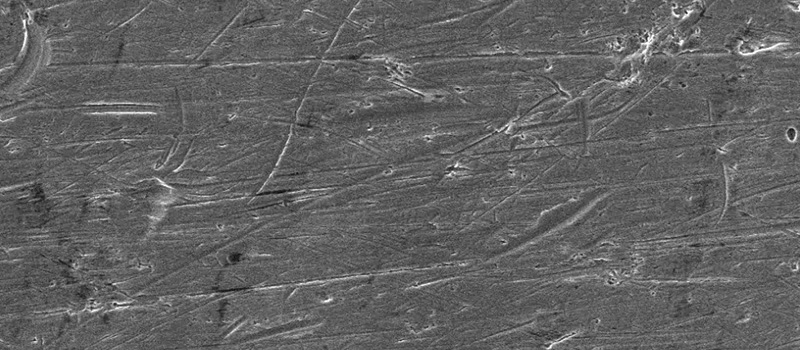
These are some of the more common accelerated aging failures, but there are many more types. Each of them must be studied in detail to understand the source of the problem and to be able to determine which is the best solution.

What types of aging do materials or products experience?
Accelerated aging can occur in many forms, some are easily detectable, such as advertising signs that degrade in sunlight, while others are imperceptible to the naked eye. Here are some of the most common types of accelerated aging:
Sun radiation
The action of the sun, and more specifically ultraviolet (UV) radiation, is one of the most influential external factors in accelerating the aging of a product or material. There are different types of UV rays (UV-A, UV-B or UV-C) and they affect materials in different ways. This radiation often affects materials with paints, inks or pigments, causing loss of color and even problems with loss of mechanical properties.
Temperature
Extreme temperatures can accelerate any aging process of materials and products. In general, high temperatures can cause plastics to degrade, metals to corrode and even paint or coatings to lose their adhesion. Low temperatures often affect polymers due to their embrittlement effects.
Thermal shock
Sustained temperature increases, sudden temperature changes or thermal shocks can also cause serious accelerated aging problems. Many materials are ready to withstand extreme temperature conditions, however, sudden changes do not support them well. This can lead to mechanical problems or cracks.
Humidity
Wet environments or direct contact with water can be a big problem for some products that are not prepared for it. These types of conditions often create problems with discoloration, corrosion, oxidation, or loss of some coating functionality.
In the end, to know which solution will perform best, all of these must be tested in accelerated burn-in equipment. This step is critical because aging problems can take days, months or years to appear. Using accelerated aging equipment, we can simulate years in a matter of days, so that the effectiveness of any solution can be verified in a short period of time. We had to run these tests on some devices:
Temperature Humidity Test Chambers allow us to expose materials or products to different temperature and humidity conditions in a controlled manner.
Thermal Shock Chambers capable of subjecting any material to sudden changes in temperature in an accelerated and controlled manner.
Xenon Arc Weathering Test Chambers. The device can control the effect of certain different wavelengths of light on the material. In addition, the humidity and temperature of the test chamber can be controlled, allowing multiple variables to be controlled simultaneously.
Temperature Humidity Salt Spray Corrosion Test Chamber can accelerate the corrosion process of parts under extreme humidity and salt conditions.
Sonacme Technology's standardized accelerated aging chambers allows effective wear control of materials or coatings and comparison of results.